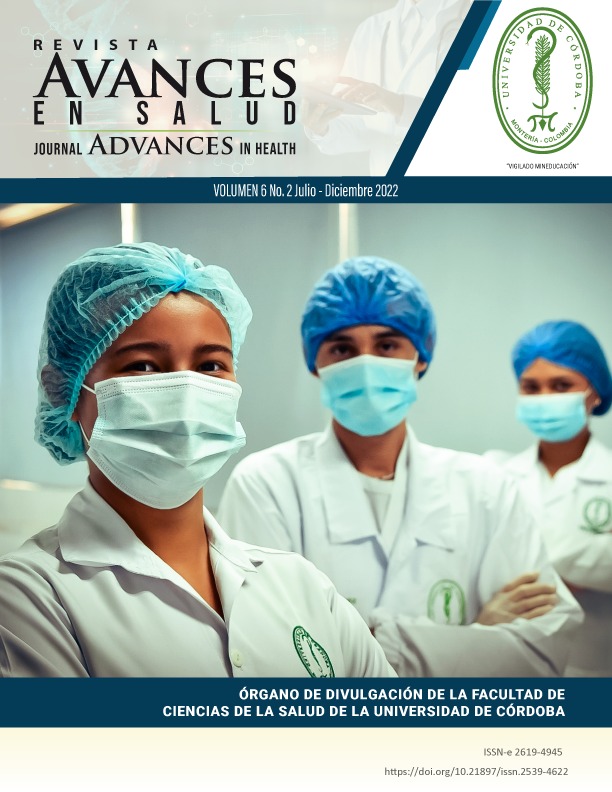Presence of venomous snakes in community environments in San Antero, Córdoba, 2022
Presencia de serpientes venenosas en entornos comunitarios en San Antero, Córdoba, 2022

This work is licensed under a Creative Commons Attribution-ShareAlike 4.0 International License.
Show authors biography
Objective: Identify the presence of venomous snakes in community environments in San Antero, Córdoba. Materials and Methods: A descriptive study applied to 382 inhabitants of rural and urban areas were asked through specialized surveys about the presence of snakes in anthropic areas. Results: 75% of the respondents reported having observed snakes in their environments. Descriptions suggest that species from the families Elapidae and Viperidae are the most prevalent in the study region, as ~55% and ~45% of observations conformed (respectively) to the main features of both families. Conclusions: Communities play an important role in the identification of venomous snake species, being a starting point for the construction of education and prevention strategies to minimize the impact of ophidian accident on the population.
Article visits 92 | PDF visits
Downloads
- Márquez Gómez MA, Gómez Díaz GM. Accidente ofídico en el departamento de Sucre, Colombia. Nova. 2015;13:39-46.
- Sevilla-Sánchez MJ, Ayerbe-González S, Bolaños-Bolaños E. Snakebite biomedical and epidemiological aspects in the department of Cauca, Colombia, 2009-2018. Biomedica. 2021;41(2):314-37.
- Who. Snakebite envenoming World Health Organization2023 [Available from: https://www.who.int/news-room/fact-sheets/detail/snakebite-envenoming.
- Ins. Instituto Nacional de Salud. Boletín Epidemiológico Semanal 2022 [Available from: https://www.ins.gov.co/buscador-eventos/BoletinEpidemiologico/2022_Bolet%C3%ADn_epidemiologico_semana_27.pdf.
- Bravo-Vega C, Renjifo-Ibañez C, Santos-Vega M, León Nuñez LJ, Angarita-Sierra T, Cordovez JM. A generalized framework for estimating snakebite underreporting using statistical models: A study in Colombia. PLoS Negl Trop Dis. 2023;17(2):e0011117.
- Chippaux JP, Massougbodji A, Habib AG. The WHO strategy for prevention and control of snakebite envenoming: a sub-Saharan Africa plan. J Venom Anim Toxins Incl Trop Dis. 2019;25:e20190083.
- Teddy JDL, J. ASF, Ruiz. Programa nacional para la conservación de las serpientes presentes en Colombia 2016 [Available from: https://www.ins.gov.co/comunicaciones/infografias/programa%20nacional%20serpientes.pdf.
- Gutiérrez JM, Calvete JJ, Habib AG, Harrison RA, Williams DJ, Warrell DA. Snakebite envenoming. Nature Reviews Disease Primers. 2017;3(1):17063.
- Díaz Córdoba J, Jaramillo Orjuela, V. Incidencia y descripción geográfica de accidentes ofídicos en Colombia reportados al Sistema nacional de Vigilancia en Salud pública SIVIGILA 2014-2016. . Universidad de Ciencias Aplicadas y Ambientales. 2019.
- Sevilla-Sánchez MJ, Ayerbe-González S, Bolaños-Bolaños E. Aspectos biomédicos y epidemiológicos del accidente ofídico en el departamento del Cauca, Colombia, 2009-2018. Biomédica. 2021;41(2):314-37.
- Gutiérrez JM. Envenenamientos por mordeduras de serpientes en América Latina y el Caribe: Una visión integral de carácter regional. Boletín de Malariología y Salud Ambiental. 2011;51:1-16.







